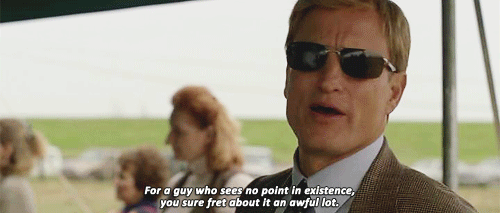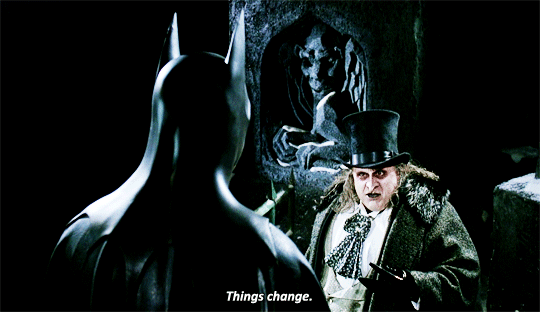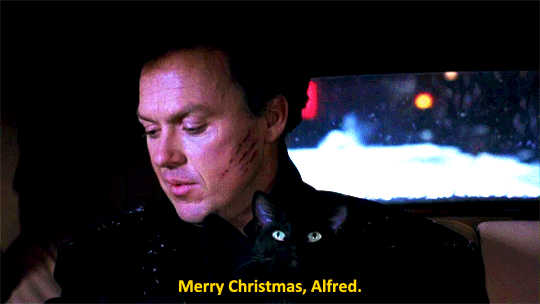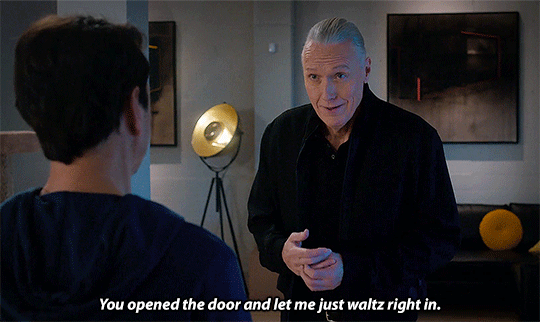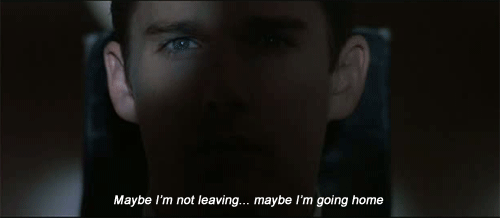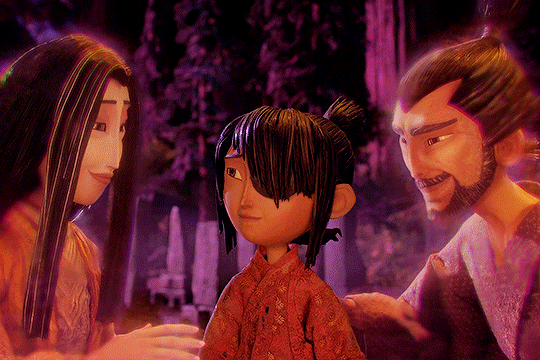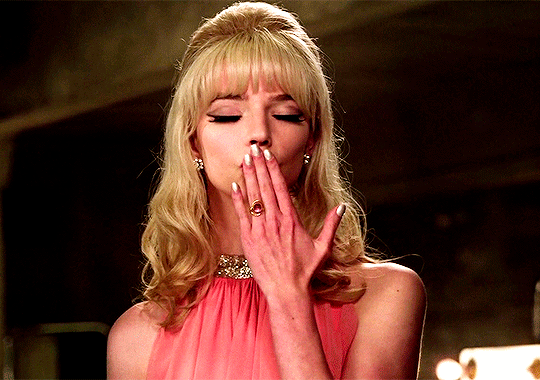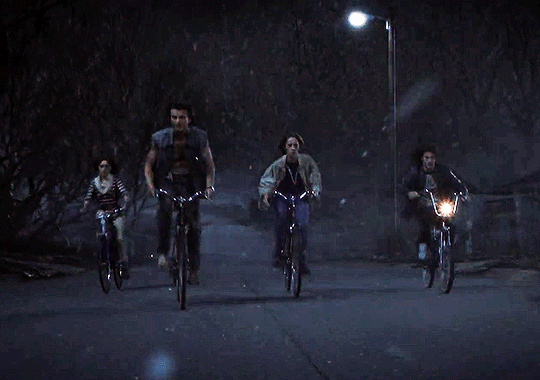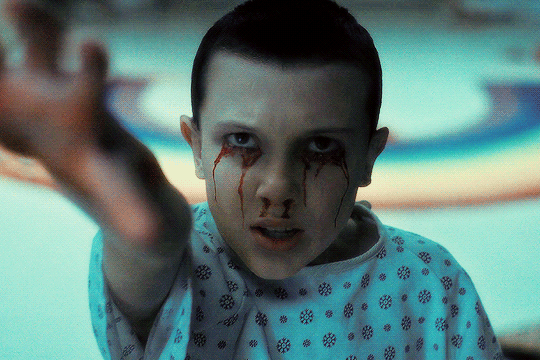When Tom Townsend is confronted with the reality of his favorite philosopher's failed utopia he retorts 'Everyone ceases to exist. Doesn't mean everyone's a failure'. Over the course of one debutante season Tom and his friends in Manhattan's elite struggle with the inevitable end to the existence of their childhoods, their youthful illusions, and their entire way of life. At once a love letter to a not so distant time and place and a timeless commentary on the agony and exhilaration of growing up, 1990's Metropolitan is sure to resonate with viewers across the social spectrum. Start your New Year with the smart set in Metropolitan.
The story begins between Christmas and New Year's 'not so long ago' with a group of young debutantes and their escorts en route to a seasonal gala. When they mistakenly think that they have stolen a cab ride from passerby Tom the group eagerly attempt to make amends. The group, known as the 'Sally Fowler Rat Pack' proceed take the college freshman under their wing and introduce him to the perks of high society. Despite his vocal objection to everything that his new friends represent, he quickly finds himself caught up in the intrigue and pageantry of the debutante season. The film then follows the group as they maneuver the trials and triumphs of friendship, romance, and growing up with all of the discreet charm of the bourgeoisie.
Through its deceptively simple story this slice of life brilliantly brings that all too brief interlude between adolescence and adulthood to the silver screen. In its efforts to follow the foibles and flirtations of its characters the film offers fascinating insight into the mores and manners that defined the upper crust not so long ago. In this way, the film acts as a love letter to a time and place gone by while still offering gentle critiques of its failings. Simultaneously, even as it explores a specific time and place the film offers a universal portrait of the young adult experience. Through its unusual blend of heady intellect and petty gossip the script perfectly captures the exchanges between college students first experiencing wider concepts and trying out new belief systems. The depiction of characters' after-party exchanges aptly highlights the ways in which young adults seek to distinguish themselves from their peers all while struggling to fit in with them. As we witness the characters maneuver fast friendships, unrequited love, existential anxiety, and the looming presence of an uncertain future its impossible not to be drawn in to their daily dramas and remember our own youth. Relive sweep, melodrama, and comedy of growing up in style in Metropolitan.
The film transports viewers to the exclusive salons of New York's elite thanks to the compelling work of its cast of unknowns. Bryan Leder lends comic charm in his turn as ever inebriated Fred. Taylor Nichols conveys insecurity, sincerity, intellect, and humor in his affable turn as Charlie. Ellia Thompson infuses Tom's ex-girlfriend Serena with the perfect blend of sophistication and callousness. Isabel Gillies perfectly captures group adventurer Cynthia's reckless restlessness. Will Kempe makes for an ideal villain as the equal parts alluring and loathsome lothario Rick. Dylan Hundley exudes cool charisma as group leader and namesake Sally. Christopher Eigerman steals each scene in which he appears as wickedly witty cynic Nick. Edward Clements makes for an insider's outsider who would make F. Scott Fitzgerald himself proud as Tom. Carolyn Farina personifies loveliness as bookish but charming wallflower Audrey.
Even as it follows its characters from one penthouse to the next Metropolitan remains a film that will appeal to anyone who remembers the promise, urgency, and sense of possibility of early adulthood. Through its brilliantly witty script the film perfectly captures the earnestness, vulnerability, and intensity that mark the end of adolescence and the beginning of all that lay beyond. The inexperienced cast turn in surprisingly nuanced and compelling performances and bring the world of New York's high society to vibrant life. Keep it classy with the Sally Fowler Rat Pack in Metropolitan





